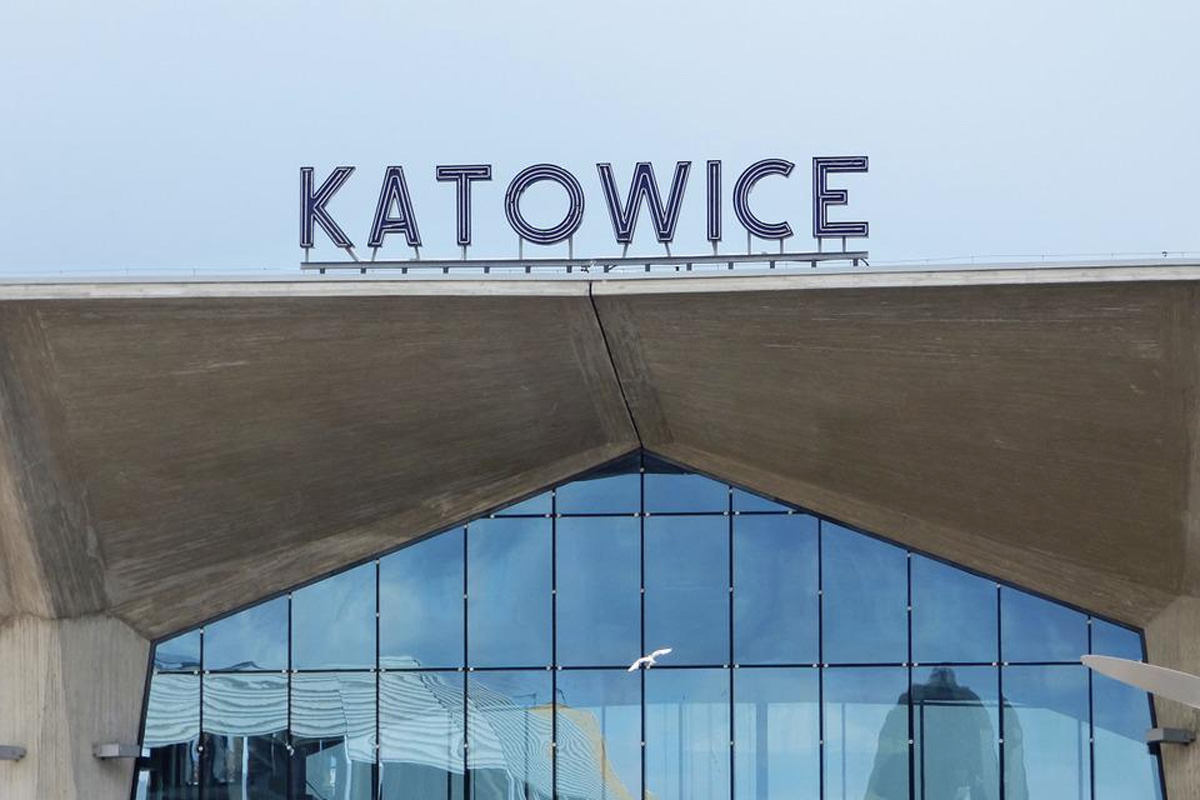Katowice has long been associated with coal mining and heavy industry. So how did the city become the eSports capital of Europe? Decades of industrial exploitation have not made the capital of Silesia the hip place that young people want to be associated with. However, since the Intel Extreme Masters held their tournament in Poland, Katowice started to build a different narrative about itself. Today it is an important place in the world of global electronic sports. It has become a place to aspire to go-to for millions of fans worldwide.
In 2010 the authorities in the city decided they wanted to change the direction of travel and move away from reliance on heavy industry. They agreed that Katowice’s future development should be down to technological creativity. Back then, eSports was not held in high regard and was very niche. There was no real industry or buzz around it other than in the hard-core fan base. The city, however, saw the potential in this nascent industry and actively encouraged the IEM to take place in Katowice. Working with ESL and Intel – the biggest organisers of esports tournaments – they brought the Extreme Masters tournament to Poland in 2013.
That first year, Katowice hosted a few of the IEM matches, but in 2014 the world finals event moved from Germany to Poland. A tennis analogy would be that Katowice had created its own Wimbledon with the IEM at the Spodek Arena.
Previously, the event had been held at large trade fairs like CeBit and Gamescom and relied on the larger event’s traffic and viewers. Now the IEM was standing on its own feet, attracting attention all on its own. It was the first eSports tournament organised to function as a unique attraction and event.
It is easy to look back and say, ‘of course, it was going to work,’ but it was a risky strategy at the time. However, it has been a success on many levels, and the timing was perfect. In recent years gambling options for citizens in Poland have become more restrictive. However, betting on Esports in Poland is relatively easy and unrestricted compared to playing at online casinos in Poland. So, IEM has given Polish gamblers a different outlet.
In 2018 the IEM attracted an audience of 40 million fans worldwide. This global audience associates the word and the city of Katowice with their favourite eSports. The action took place via nineteen digital platforms and was broadcast in ten languages. 2022 saw broadcast streams in Russian, Chinese and English, as well as many other languages. Undoubtedly, the city has become a global centre for eSports.
In 2017 the Intel Extreme Masters hosted 173,000 guests. This was up from 50,000 in 2013. Everyone who attends spends an average of PLN 628, including accommodation or PLN 141 without accommodation.
This year’s IEM took place in February, and the prize pool was $1,000,000. Faze Clan won the title following a hard-fought battle. They triumphed 3-0 against their rivals G2. Every CS: GO enthusiast recognised this was a must-watch series as both teams gave their best and delivered a spectacle for the fans. The early stages of the tournament were played over a LAN connection, but the final stages were played in front of a live audience in the Spodek Arena.
Twenty-four Counter-Strike teams travelled to Poland for the tournament. Sixteen of them made it through to the live playoffs on the main stage. The last time before this that fans had been able to attend in person was 2019.
Katowice will be hoping for even bigger viewing figures next year as eSports breakthrough into the mainstream. When Birmingham hosts the Commonwealth Games later this year, an eSports Championship will be held in the city at the same time. It is expected that over 5,000 athletes will compete in the event. There are nineteen different sports on offer as well as eight para sports in that program.


